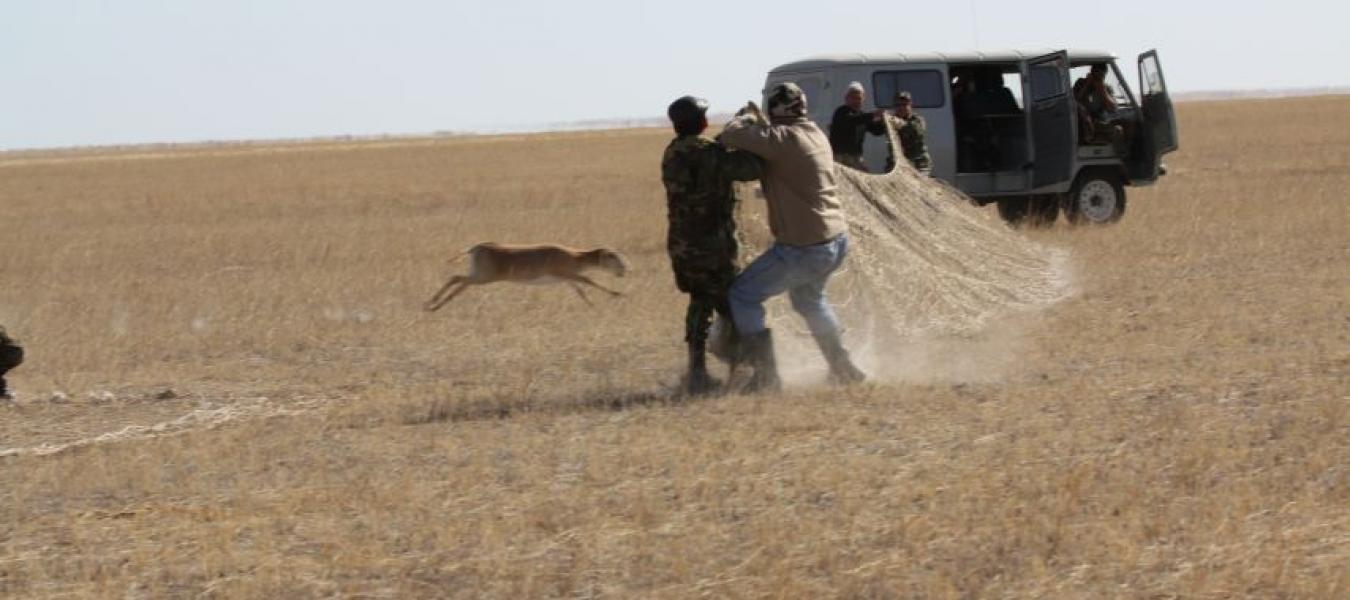Satellite Tracking of Mongolian Gazelles (Procapra gutturosa) and Habitat Shifts in Their Seasonal Ranges

Conservation and management are urgently required for Mongolian gazelles Procapra gutturosa inhabiting the Mongolian steppe. We captured and satellite collared two adult females in Dornogobi Province and two adult females in Omnogobi Province and examined whether their seasonal migration corresponded to shifts in the normalized difference vegetation index (NDVI) in their habitat. The mean NDVI values of their annual, summer and winter ranges were calculated based on data acquired by the moderate-resolution imaging spectrometer (MODIS) onboard the Terra satellite.
Satellite tracking of gazelles proved their ability to move long distances and provided details of their migration routes. In Omnogobi, the NDVI of the summer range was higher than those of annual and winter ranges during summer, but from October to November the NDVI of the summer range was lower than annual or winter ranges. The shift in NDVI values between summer and winter ranges corresponded with seasonal migrations of gazelles.
In contrast, NDVI values were higher in the winter ranges than in both the summer and annual ranges throughout the year in Dornogobi. The results showed that the NDVI is a good indicator of gazelle habitat, but the NDVI alone cannot the explain seasonal migration of gazelles. It is important to evaluate the effectiveness and limitations of the NDVI as an indicator of habitat quality.
